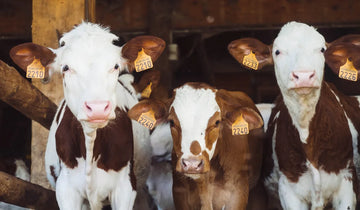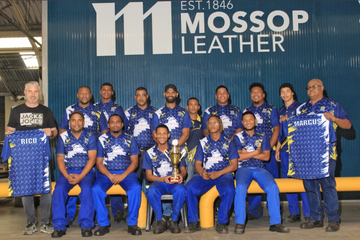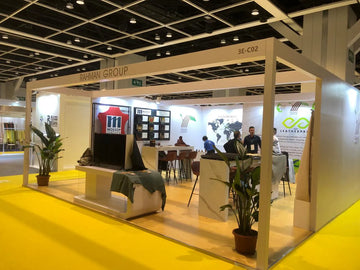The Hidden Power of Soil: How Leather and Meat Could Save Our Planet
by Team MDS on Apr 09, 2024

On a lazy weekend in the serene suburbs of Newlands, a casual lunch with friends turned into an eye-opening encounter that shed light on the misconceptions surrounding meat, leather, and their impact on the environment. While eavesdropping on a conversation between university students, I was struck by the fervor with which one declared her decision to go vegan, citing concerns for animals, the planet, and her health. However, her blanket condemnation of leather as inherently bad for the environment and animals seemed misguided.

Contrastingly, a pro-leather talk I attended emphasised a different perspective. The speaker highlighted that leather is a by-product of the meat industry, where livestock are primarily raised for their meat, not their hides. This symbiotic relationship between meat and leather production, while often misunderstood, plays a crucial role in sustainable agriculture.
The crux of the matter lies in how we manage our soil and feed ourselves. The prevailing notion that meat production is a major contributor to global warming oversimplifies the issue. Not all beef production is equal; grass-fed beef, produced regeneratively, can have a much lighter environmental footprint.
Allan Savory, a pioneer in regenerative farming, advocates for holistic management and planned grazing, mimicking the natural behaviour of large grazers. This approach not only improves soil health but also enhances carbon sequestration, a vital tool in combating climate change.

Plants are natural carbon pumps, absorbing carbon dioxide from the atmosphere and storing it in the soil. Grazing animals play a crucial role in this process by trampling and fertilising the soil, promoting the growth of carbon-rich vegetation. The result is a virtuous cycle where healthier soil produces more robust grasses, supporting more animals and further enhancing carbon sequestration.
Leather, as a natural material derived from livestock, offers a sustainable alternative to petrochemical-based products. Unlike synthetic materials that contribute to pollution and waste, leather is durable and biodegradable, making it an environmentally friendly choice.
In conclusion, the vilification of livestock and leather production is misplaced. Instead, we should focus on promoting sustainable farming practices and educating ourselves about the interconnectedness of our food and material choices. By supporting regenerative agriculture and embracing leather as a valuable by-product of the meat industry, we can work towards a more sustainable future for our planet.




